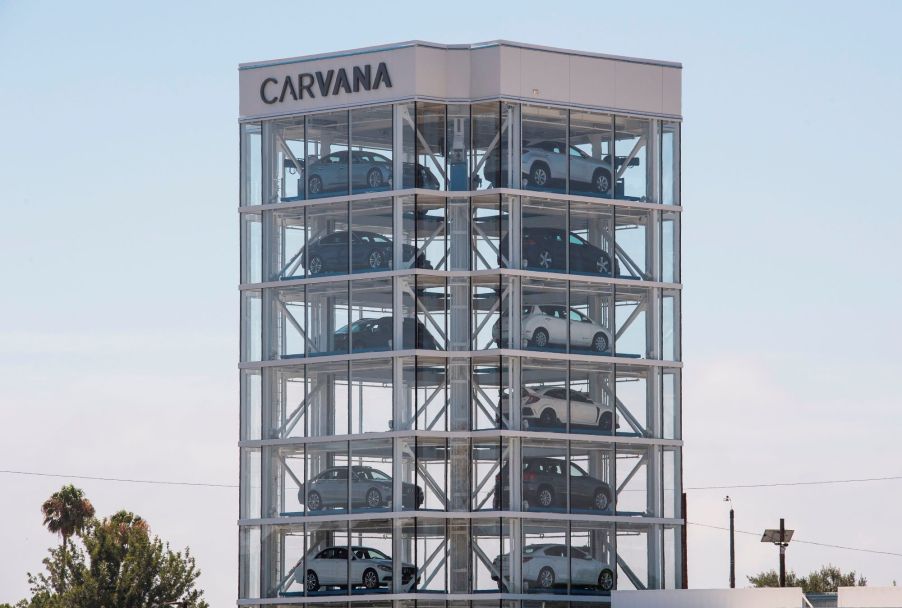
The Father-Son Duo Responsible for Carvana Just Lost More Than $11 Billion
Carvana offers a unique car-buying experience that’s 100% online. They can choose to have them delivered directly to their driveway or acquire them from one of the company’s car vending machines.
After reporting a bigger-than-anticipated first-quarter loss, Carvana explained that it had dealt with a “uniquely difficult environment” so far in 2022. What happened, and what were the consequences for the company’s father-son duo?
The father and son team who owns Carvana

The Phoenix-based company is owned by a father and son team who have seen a considerable reduction in their fortunes in 2022.
According to Autoblog, Bloomberg Billionaires Index indicated that Ernie Garcia II and Ernie Garcia III lost over $11 billion in 2022 so far. The two own an estimated four-fifths of the unique company, and its shares dropped a jaw-dropping 60% by the end of April. The company reported a first-quarter loss of $506 million.
The drop was more extensive than any experienced by other U.S. billionaires as tracked by Bloomberg’s index, even topping the 46% decrease in Netflix’s Reed Hastings assets. The older Garcia’s fortune is down $7.3 billion or 49%. His situation was cushioned to an extent by selling stock. He started selling off Carvana shares late in 2020 when their price rose to around $200 each from a pre-pandemic level of $90.
The senior Garcia managed to sell more than $3.5 billion over the next ten months as stock prices rose. According to the Securities and Exchange Commission filings, he managed to sell off over a fifth of his own stake. He made the last sale on August 23, 2021, once the stock price peaked at $376.83 and then began to drop sharply.
Carvana’s unique company model gave it an advantage during the Covid-19 pandemic as it offered a contactless way to car shop. Now that many restrictions are being lifted and prices remain high, its success is fading.
The Garcia team
The company announced it would raise $1 billion in stock offering through Citigroup Inc. and JPMorgan Chase & Co to offset the losses. The younger Garcia is one of two investors who expressed an interest in buying up to $432 million of the shares. The company will use preferred stock to raise another $1 billion.
During the pandemic, Carvana had several well-known financial backers. 7.3 million shares were owned by Tiger Global Management as of the end of 2021. D1 Capital owned 4.2 million shares, and it is the company’s third-largest U.S. stock position. Whale Rock Capital Management, Marshall Wace, and Sculptor Capital Management also owned large portions of the company by the end of the year.
Carvana’s story
Carvana was formed in 2012 from DriveTime Automotive by the younger Garcia, a company that his father owned that ran used-car dealerships. It went public in 2017 but has been questioned because of ties to companies owned by the older Garcia.
During the pandemic, which began in the U.S. in March 2020, Carvana bought thousands of cars from DriveTime to keep up with shopper demand. According to the Wall Street Journal, the company failed to disclose that the younger Garcia was a major stakeholder in DriveTime and in other companies that Carvana acquired services from.
A spokesperson for Carvana said that working in conjunction with affiliated companies gives it an advantage and paves the way for faster growth. They explained that they looked at alternative services, but they believed going with a “related-party transaction” offered Carvana and its shareholders the most value. They plan to continue the practice moving forward.


